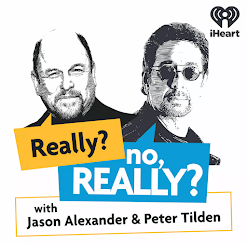There are many reasons for erection problems and diabetes can be one of them (long term raised blood glucose levels can lead to problems with blood vessels and nerves in general) which can affect any area in the body including the erectile 'machinery', and so I'm sharing this in particular with diabetes people. People who have diabetes may also experience anxiety over their health and this can be pretty antithetical to enjoying any pleasant pursuit, let alone sexual activities - it doesn't always have to mean a straightforward physical problem.
Here's Petra'a information and advice (covering a range of possible reasons for erectile dysfunction) to a woman whose partner experiences this, and below is the text of her producer's request...
To whom it may concern
I am making a programme for BBC Radio Four looking at erectile dysfunction and erection problems and wondered if you would consider being interviewed for the project. We are looking for men to share their experiences so we can highlight this very common but little talked about condition. If you were willing to talk to us, you would not need to reveal your identity.
The programme is 30 minutes long and will be broadcast on BBC Radio Four in June. It’s presented by Dr Petra Boynton who is a psychologist with a specialism in sex and relationships and works as an agony aunt for the Telegraph. She is experienced in offering advice and support to men and women with sexual problems and will be carrying out the interviews. We are hoping making the programme will encourage men to talk and seek help if they need to.
We are looking for men of any age who have or have had erection problems. We are keen to speak to men who have had problems following health issues as well as those who have psychological barriers or unknown causes for their erection difficulties.
Questions might be:
- What erection problems do you have?
- Do you know why it came about?
- How soon did you seek help?
- How did having erection difficulties make you feel?
- How did your partner support you (or not)?
- In what way did you seek help yourself?
- What was useful and why? What wasn’t?
- What treatment has helped?
- How do you accept erection dysfunction if treatment doesn't work and you don't want surgery?
- Why do men find it hard to talk and what is key to changing that?
If you have any other questions do let me know. Or if you would like to chat further before you commit to an interview, my email is henriettaharrison@hotmail.co.uk and my mobile is 07740 565996
Thanks in advance.
Henrietta Harrison
Producer
Loftus Media





